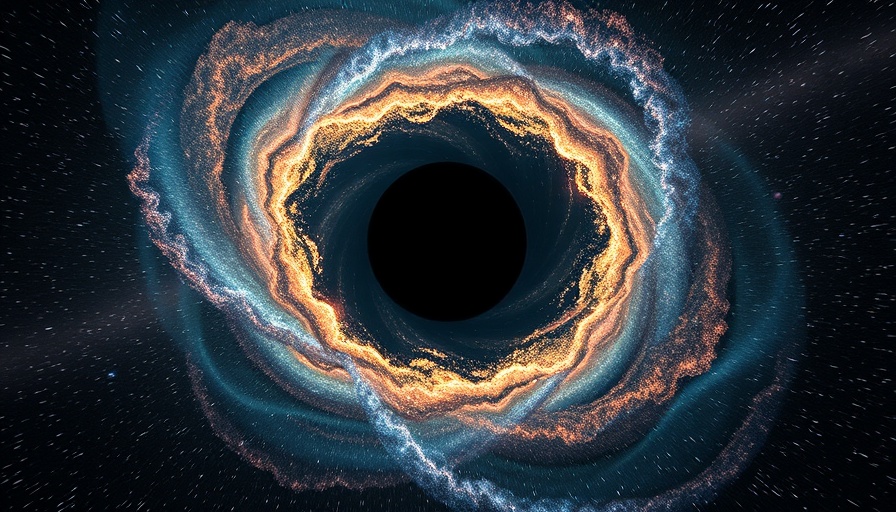
Hypervelocity Stars and Their Cosmic Journey
Recent astronomical research has unveiled a hidden supermassive black hole lurking in the Large Magellanic Cloud (LMC), one of the Milky Way's closest galactic neighbors. This discovery, led by a team from the Harvard-Smithsonian Center for Astrophysics, relied on the precise trajectories of hypervelocity stars—stars that travel at velocities so high they can escape the gravitational pull of the Milky Way and other nearby galaxies. The findings highlight not only the existence of this black hole but also its ability to generate hypervelocity stars through gravitational interactions.
New Year, New Discoveries: A Leap Forward in Astrophysics
The study draws parallels with forensic science. Just as forensic experts analyze bullet trajectories to trace their origins, astronomers have analyzed the paths of 21 hypervelocity stars to ascertain the location from which they originated. Among these stars, about half trace back to the supermassive black hole at the center of our galaxy, while the other half originated from the recently identified supermassive black hole in the LMC.
Understanding Black Holes Through Stellar Motion
According to Jesse Han, the leading researcher of the study, it's surprising to realize that another supermassive black hole is almost within our neighborhood, cosmically speaking. The discoveries were made possible through enhanced data from the European Space Agency's Gaia mission, which has tracked over a billion stars across the Milky Way with exceptional accuracy. This advancement in observational astronomy is changing our understanding of celestial mechanics.
The Hills Mechanism: An Astronomical Insight
The mechanism behind the formation of hypervelocity stars is known as the Hills mechanism, which posits that a binary star system on a close orbit around a black hole can be torn apart by the black hole's gravitational forces. One star is captured into orbit, while the other is ejected away with immense velocity, becoming a hypervelocity star. This study not only affirmed the existence of the LMC's hidden black hole but also demonstrated that its influence on stellar dynamics extends far into the Milky Way.
Implications of the Research
Understanding the dynamics of hypervelocity stars originating from the LMC shifts the paradigm of existing astrophysical models. These stars provide crucial insights into the mass and behavior of black holes in smaller galaxies, potentially enriching our understanding of galaxy evolution. This research indicates that even dwarf galaxies could host significant black holes, challenging previous assumptions about their scale and impact.
Future Directions in Astrophysical Research
The implications of this discovery are vast. Future research will focus on the relationship between galactic motion and hypervelocity star creation, and the Gaia mission is set to provide even more data that may lead to the identification of additional hypervelocity stars. Furthermore, enhanced understanding of hypervelocity stars will refine theoretical models that astrophysicists use to explore galactic evolution and growth.
Final Thoughts
The detection of a supermassive black hole in the LMC reinforces the notion that the cosmos may still hold many secrets yet to be uncovered. As scientists continue to explore these stellar phenomena, our understanding of the universe's structure, evolution, and the forces that shape it will only grow richer.
 Add Row
Add Row  Add
Add 




Write A Comment